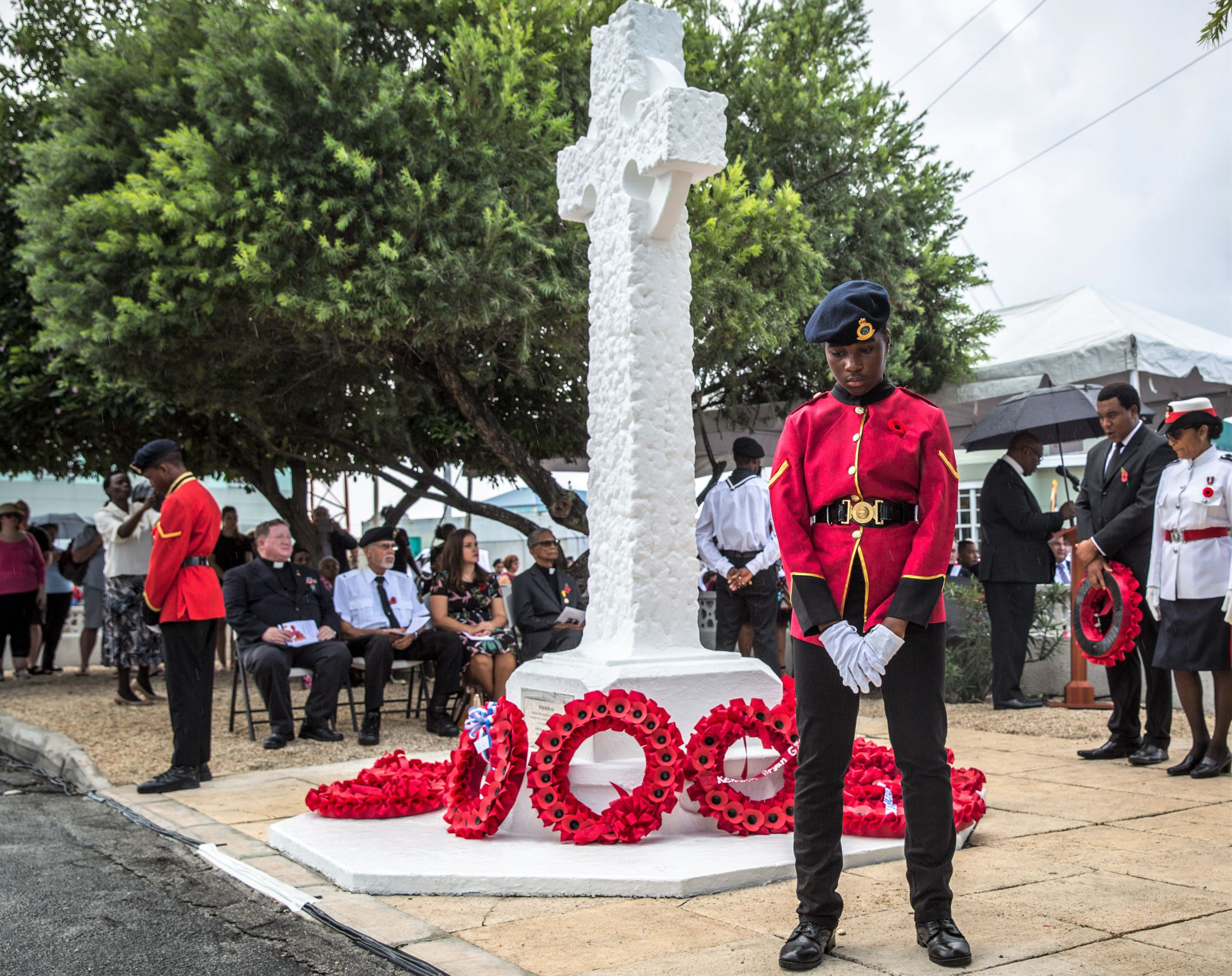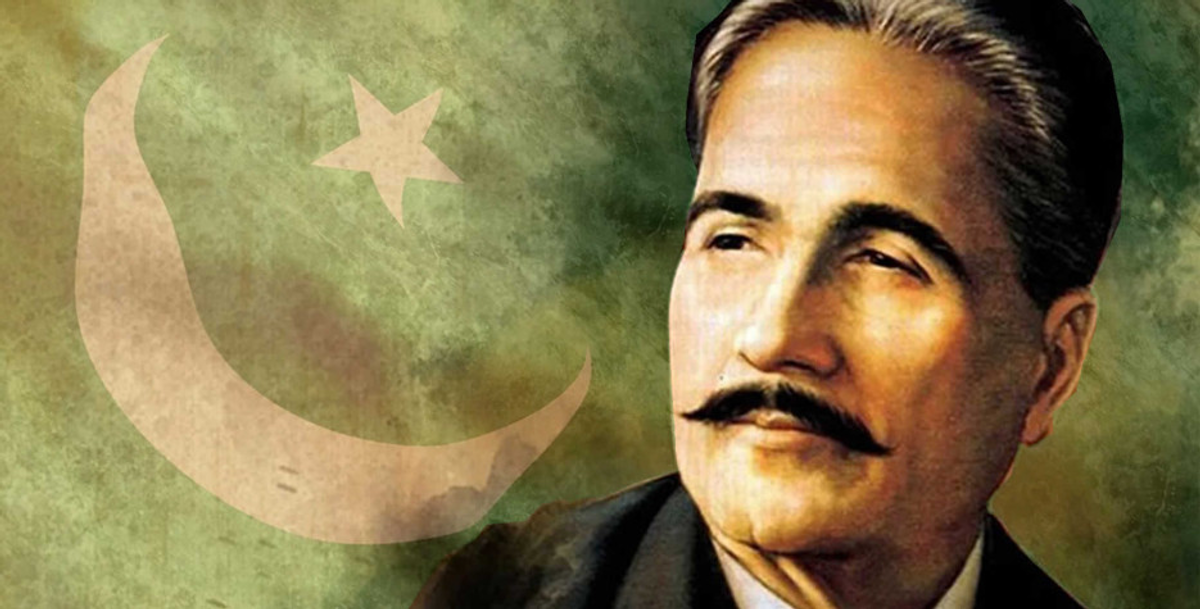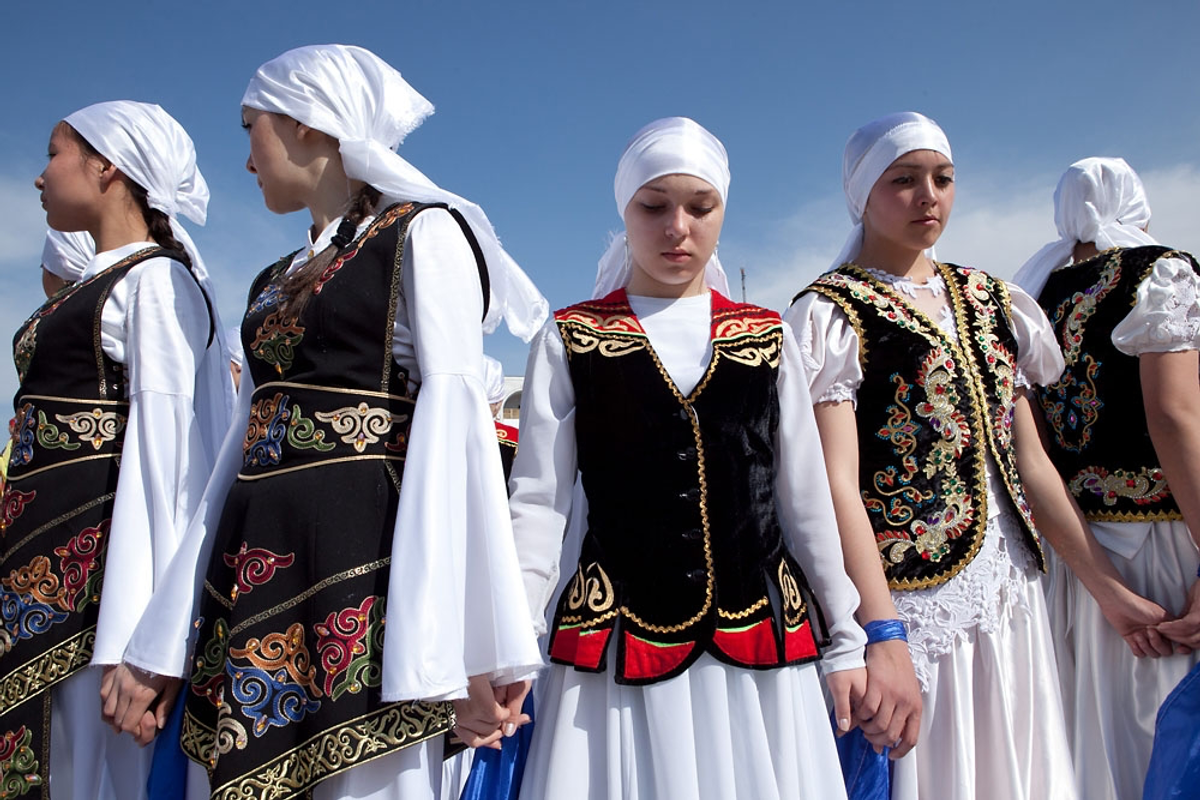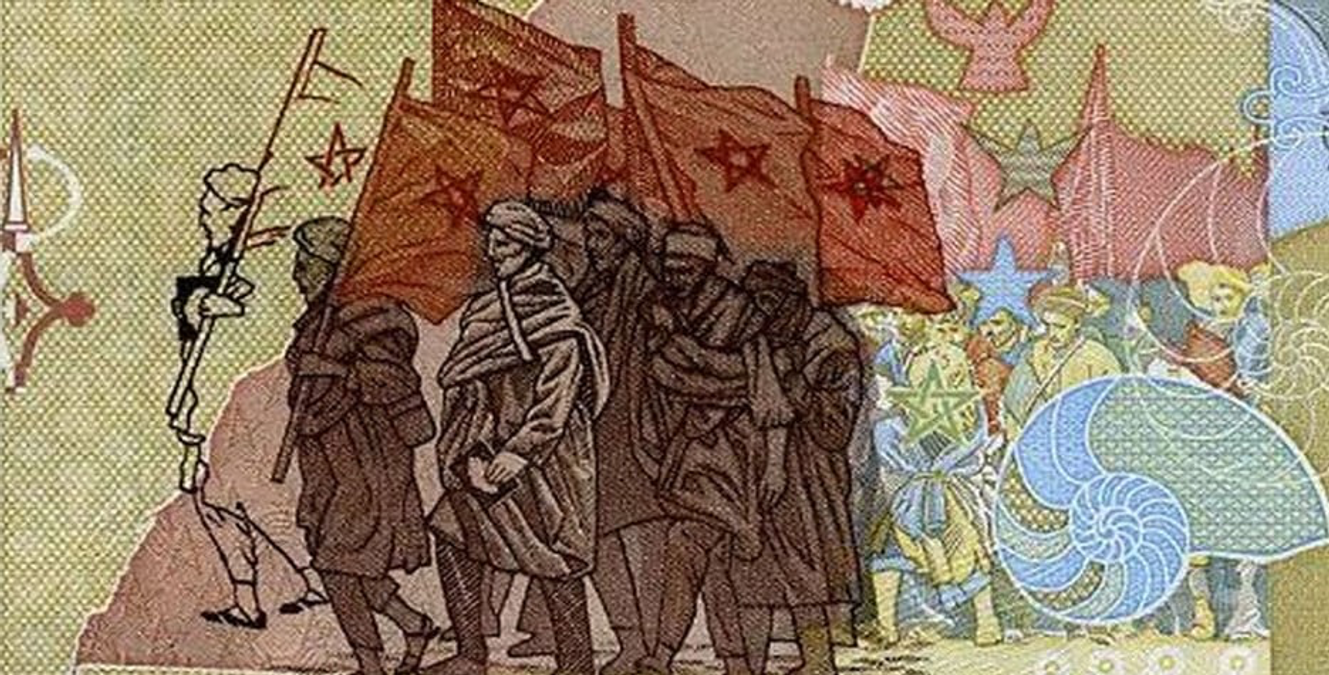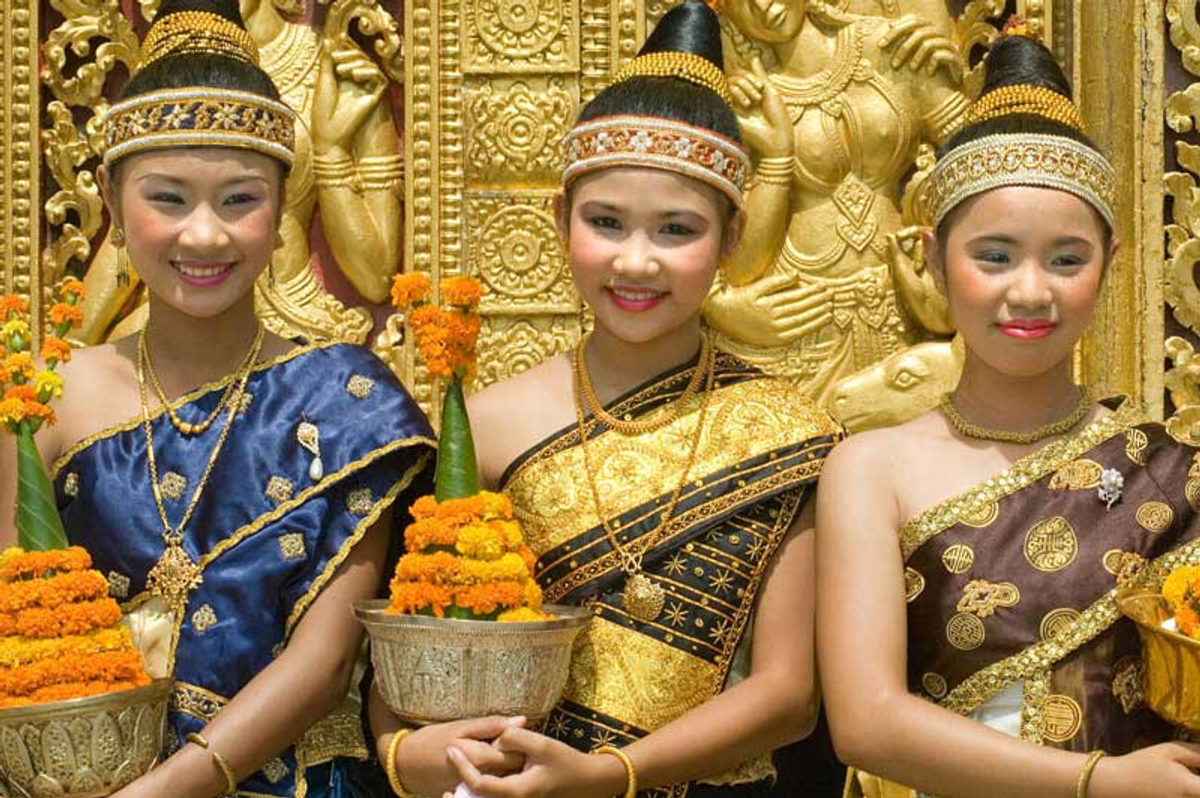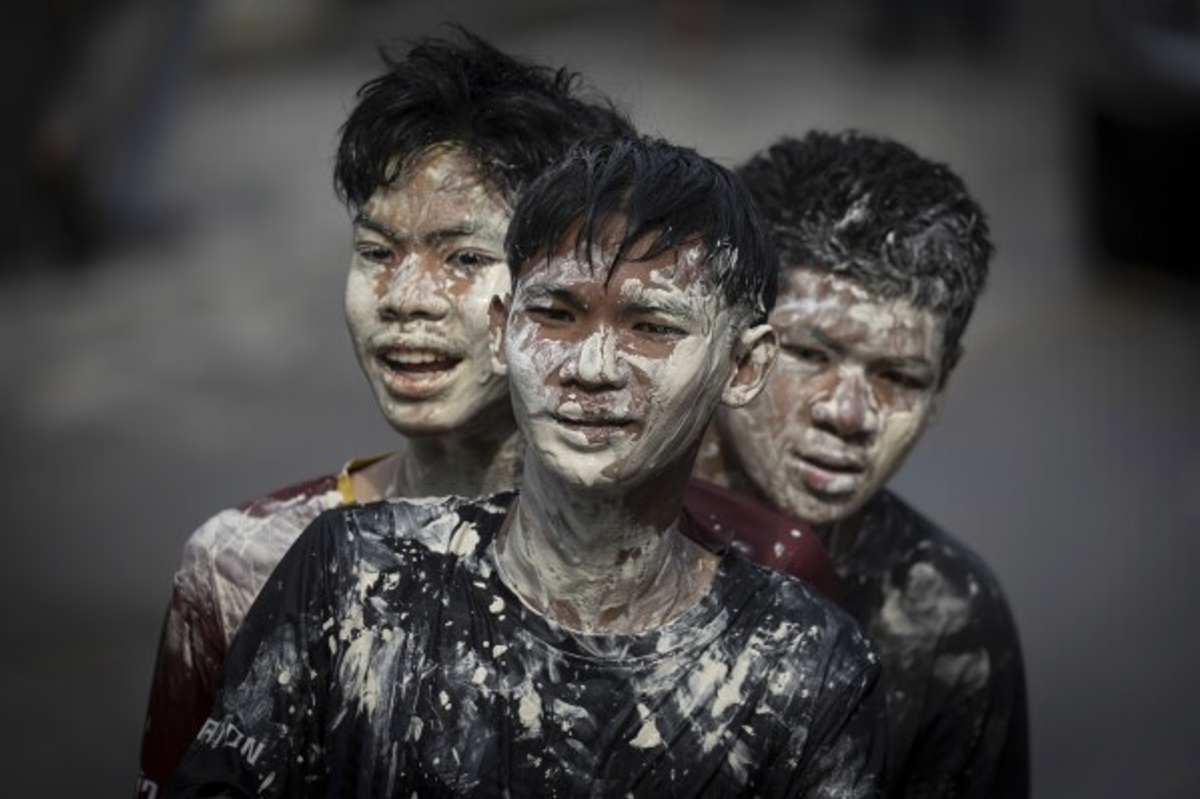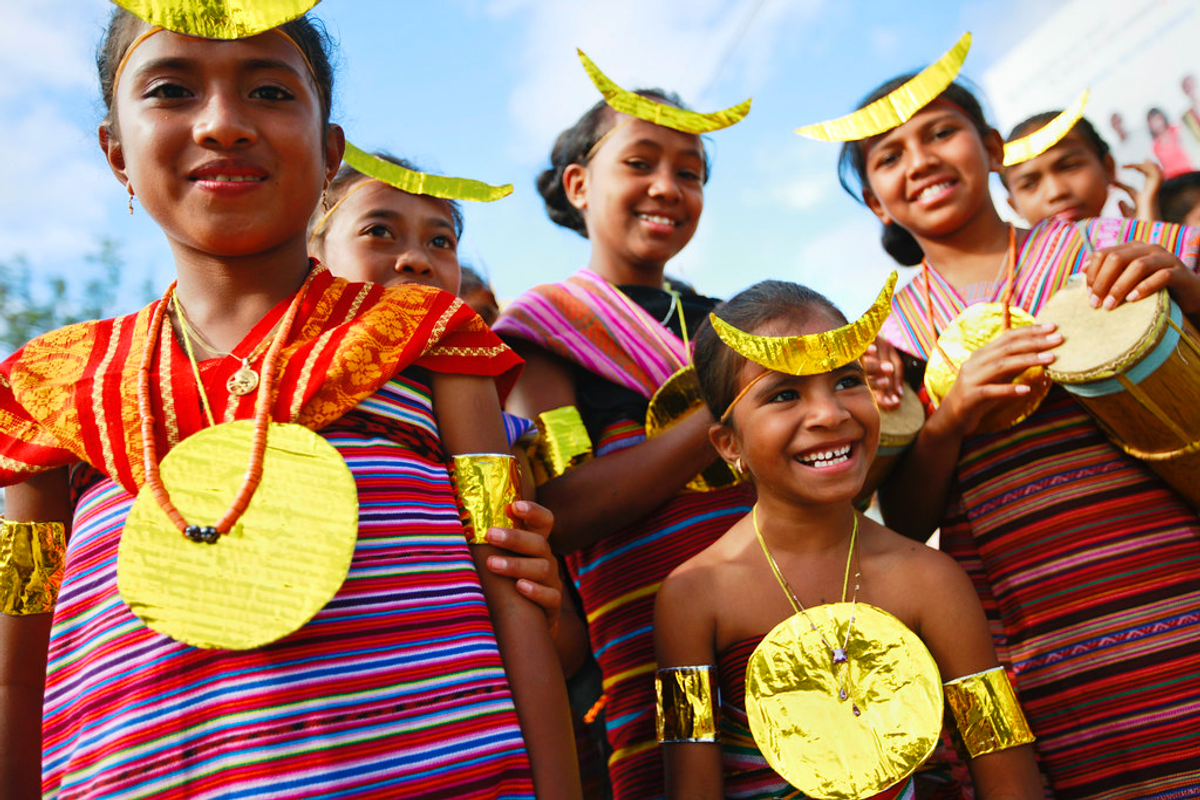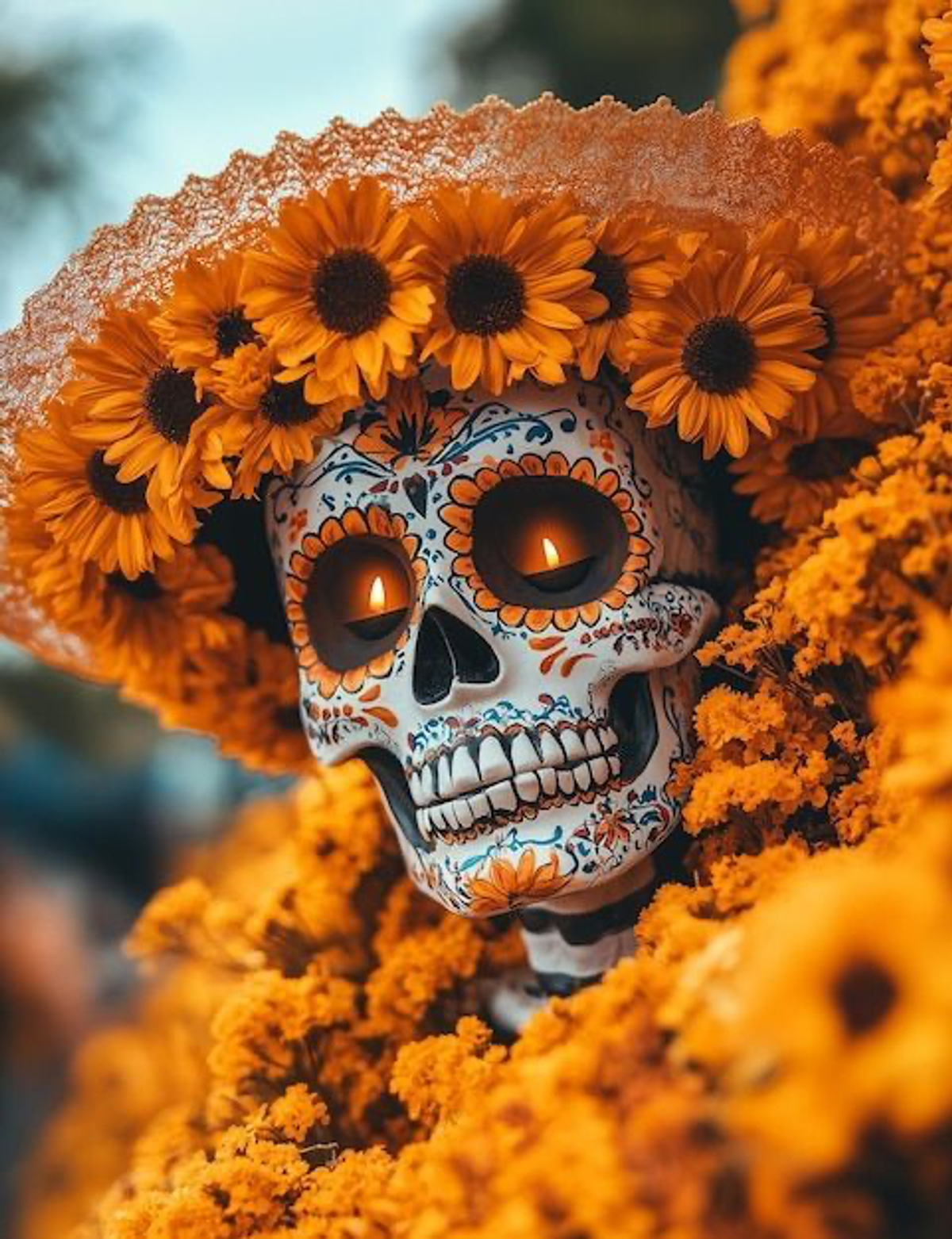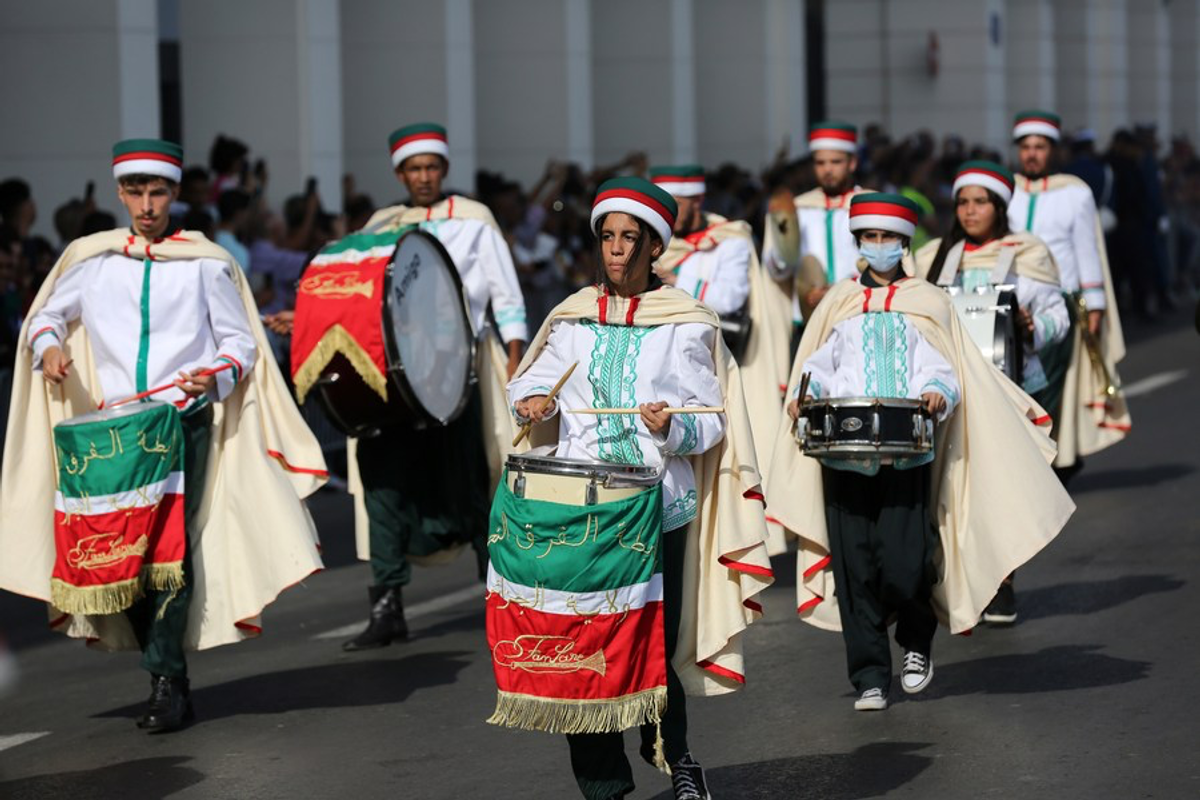Monday 10 November Remembrance Day in Cayman Islands
The intention of the day is to remember the fallen on both sides in the ‘Great War’.
On the face of it, that all appears quite straightforward, yet, as with many holidays if we look a little deeper, we soon see things aren’t quite as simple they seem.
November 11th has an older tradition that is, by coincidence, associated with war and peace. In the Christian calendar, it was known as ‘Martinmas’ or St. Martin’s day.
Martin was a Roman soldier who converted to Christianity, and because of his newfound religion, refused to fight under a pagan flag. After leaving the army, Martin (ironically named after Mars, the Roman god of war) became a monk, rising up through the orders to eventually become a bishop in Gaul (modern-day France).
In the context of the modern-day holiday, November 11th marks the signing of the armistice (peace agreement) between the Allies and Germany at Compiègne, France.
The armistice took effect at eleven o’clock in the morning – the “eleventh hour of the eleventh day of the eleventh month.”
However, while this date is used to reflect the end of the whole war, it technically relates to the cease-fire on the Western Front; fighting continued after November 11th 1918 in parts of the Ottoman Empire.
World War I didn’t legally end until Allied Forces left Constantinople (now Istanbul) on August 23rd 1923.
After the ‘end’ of the war in 1918, it didn’t take long before the signing of the armistice was adopted as a suitable time and date for countries involved in the war to mark the sacrifice of their soldiers, with official remembrance services taking place in the UK and USA in 1919.
